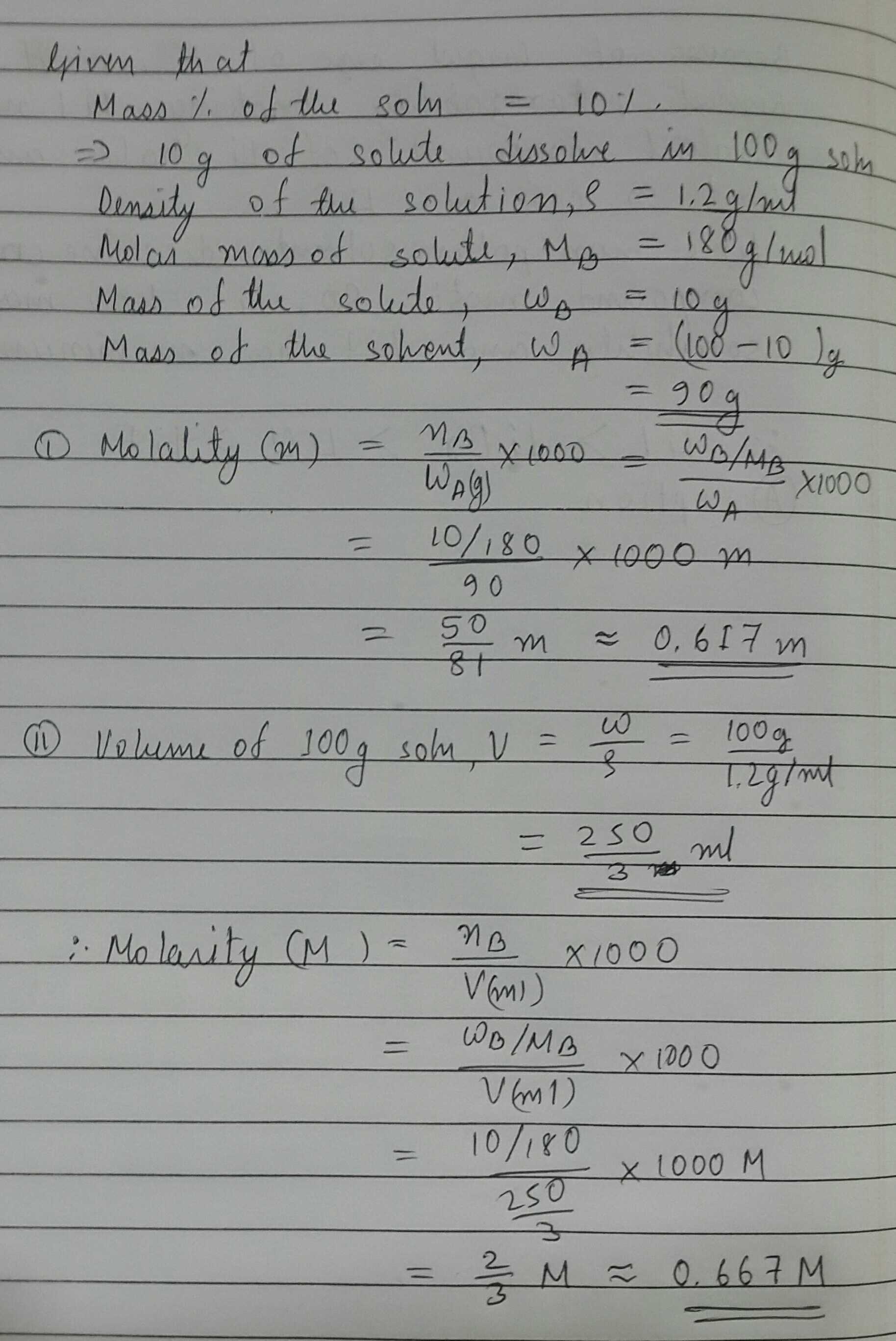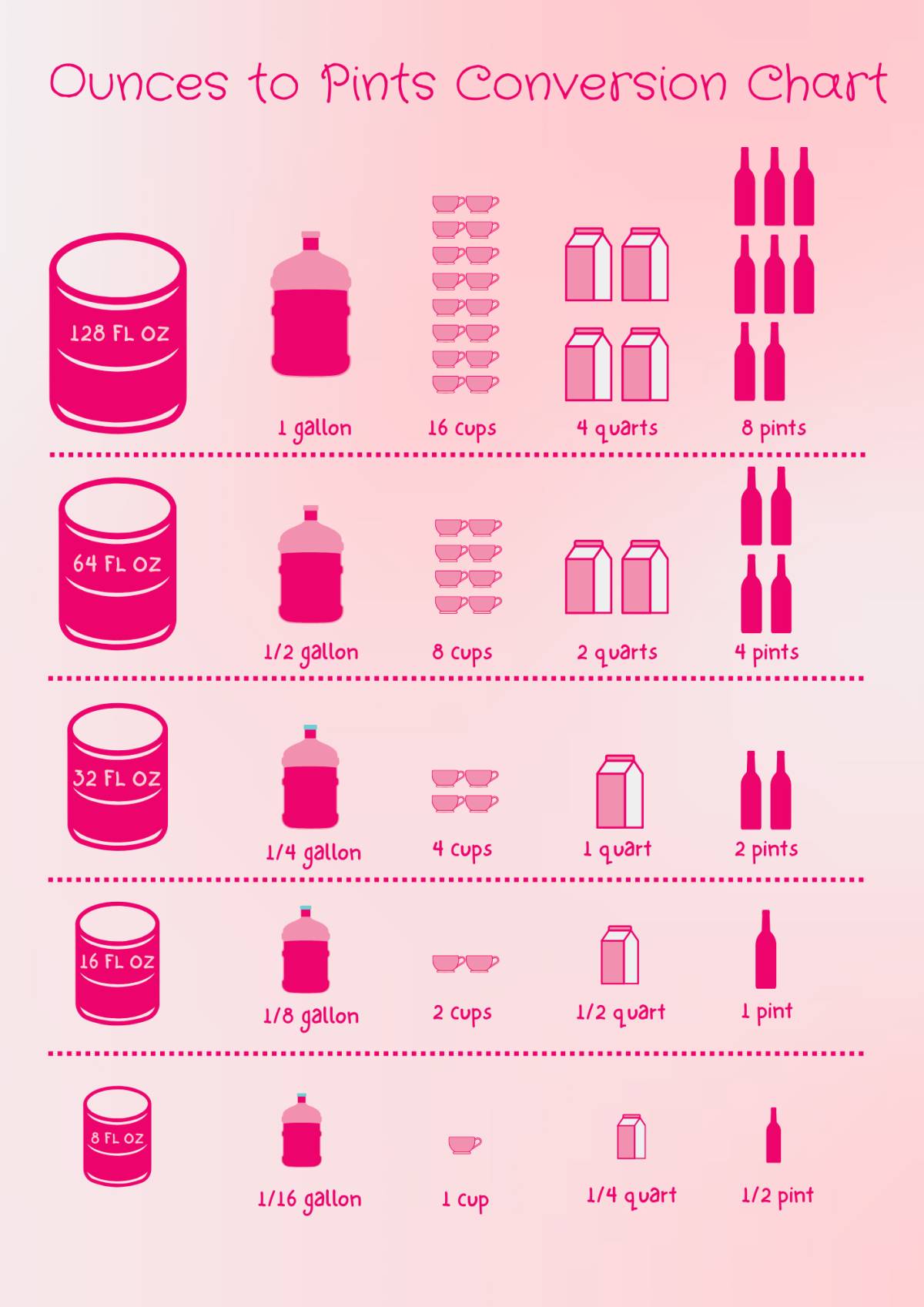Molar Mass Of Water: Calculate 18G/Mol

The molar mass of water, a fundamental concept in chemistry, is a crucial piece of information for understanding various chemical reactions and processes. Water, composed of two hydrogen atoms and one oxygen atom, has a chemical formula of H2O. To calculate the molar mass of water, we need to sum the atomic masses of its constituent atoms. The atomic mass of hydrogen (H) is approximately 1 gram/mole (g/mol), and the atomic mass of oxygen (O) is about 16 g/mol.
Key Points
- The chemical formula of water is H2O, indicating it consists of 2 hydrogen atoms and 1 oxygen atom.
- The atomic mass of hydrogen is approximately 1 g/mol.
- The atomic mass of oxygen is approximately 16 g/mol.
- The molar mass of a compound is the sum of the atomic masses of its constituent atoms.
- The calculation of the molar mass of water involves adding the atomic masses of 2 hydrogen atoms and 1 oxygen atom.
Calculating the Molar Mass of Water

To find the molar mass of water, we follow a simple calculation based on its chemical formula. Since water consists of two hydrogen atoms and one oxygen atom, we calculate its molar mass as follows: (2 * atomic mass of hydrogen) + atomic mass of oxygen. Substituting the known values, we get (2 * 1 g/mol) + 16 g/mol = 2 g/mol + 16 g/mol = 18 g/mol. Therefore, the molar mass of water is 18 grams per mole (g/mol).
Understanding the Significance of Molar Mass
The molar mass of a substance is crucial for various chemical calculations, including determining the number of moles of a substance, calculating the mass of a substance needed for a reaction, and understanding the stoichiometry of chemical reactions. In the case of water, knowing its molar mass allows chemists and scientists to accurately measure and calculate the amounts of water involved in different processes, whether in laboratory settings or industrial applications.
| Element | Atomic Mass (g/mol) | Number of Atoms in Water | Total Mass Contribution (g/mol) |
|---|---|---|---|
| Hydrogen (H) | 1 | 2 | 2 |
| Oxygen (O) | 16 | 1 | 16 |
| Total Molar Mass of Water | 18 |

Applications of Molar Mass in Chemistry

The concept of molar mass, as demonstrated by the calculation for water, is pivotal in chemistry. It allows for the conversion between mass and number of moles, facilitating the balancing of chemical equations and the determination of limiting reagents in reactions. Furthermore, molar mass is essential in the preparation of solutions, where knowing the mass of solute needed per liter of solution (molarity) is critical. For water, with its molar mass of 18 g/mol, preparing a solution of a specific concentration involves calculating the mass of water required based on its molar mass and the desired volume of the solution.
Conclusion and Future Implications
In conclusion, the molar mass of water, calculated as 18 g/mol, is a fundamental constant in chemistry that underlies numerous calculations and applications. Understanding and applying the concept of molar mass, as demonstrated with water, is essential for chemists, researchers, and students alike, facilitating accurate and informed work in the field. As chemistry continues to evolve, with new compounds being discovered and new reactions being developed, the importance of molar mass, and the precise calculations it enables, will only continue to grow.
What is the molar mass of water, and how is it calculated?
+The molar mass of water is 18 g/mol, calculated by summing the atomic masses of its constituent atoms: 2 hydrogen atoms (2 * 1 g/mol) and 1 oxygen atom (16 g/mol), resulting in 2 g/mol + 16 g/mol = 18 g/mol.
Why is the molar mass of water important in chemistry?
+The molar mass of water is crucial for various chemical calculations, including determining the number of moles, calculating masses for reactions, and understanding reaction stoichiometry. It’s essential for accurate measurements and calculations in laboratory and industrial settings.
How does the molar mass of water apply to real-world scenarios?
+The molar mass of water applies to preparing solutions, balancing chemical equations, and determining the limiting reagent in reactions. It’s fundamental in industries such as chemistry, pharmacology, and environmental science, where precise calculations are critical for safety, efficacy, and efficiency.



